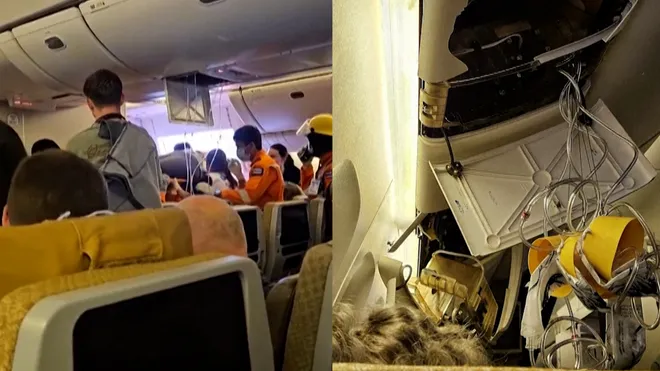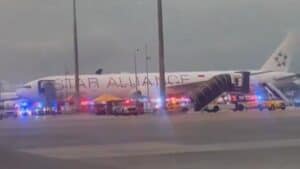Turbulence, the unpredictable movement of air currents that often shakes aircraft, has long been a concern for passengers and crew alike. Recently, discussions have intensified around whether turbulence is getting worse and what types exist. This comes amid growing fears and more frequent reports of severe turbulence encounters.
Table of Contents
Types of Turbulence and Their Impacts
Turbulence is generally categorized into several types: clear air turbulence (CAT), thermal turbulence, mechanical turbulence, and wake turbulence. Each type has distinct characteristics and occurs under different circumstances.
Clear Air Turbulence (CAT) often occurs at high altitudes in the absence of visible clouds. It is usually caused by sudden changes in wind speed or direction. This type is particularly dangerous because it is difficult to detect with onboard radar systems, often catching flights off guard.
Thermal Turbulence arises from the heating of the Earth’s surface, causing warm air to rise and cool air to sink. This type is commonly experienced during takeoff and landing when aircraft are closer to the ground.
Mechanical Turbulence is caused by obstacles such as buildings, mountains, or other large structures that disrupt airflow. Flights passing over rugged terrain or through urban areas may encounter this type of turbulence.
Wake Turbulence is generated by the passage of another aircraft, particularly large jets, creating vortices that can affect following planes. This type is a key consideration in maintaining safe distances between aircraft in busy airspaces.
Is Turbulence Increasing?
Recent studies suggest that turbulence, particularly CAT, is on the rise. Climate change is believed to be a significant factor, with warming temperatures altering jet streams and wind patterns. Dr. Paul Williams, a leading atmospheric scientist, points out that increased carbon dioxide levels are contributing to more unstable air, potentially doubling or even tripling instances of severe turbulence by mid-century.
Airlines are taking these findings seriously, investing in advanced technology to better predict and navigate through turbulent zones. Newer aircraft models are equipped with sophisticated sensors and communication systems to detect turbulence earlier and adjust flight paths accordingly. However, the unpredictability of certain types, especially CAT, remains a significant challenge.
Safety Measures and Future Outlook
Despite these challenges, turbulence rarely poses a serious threat to aircraft safety due to rigorous design and engineering standards. Modern planes are built to withstand intense turbulence, and pilots receive extensive training to handle such situations. Passengers are advised to keep their seatbelts fastened when seated, as sudden drops and jolts can cause injuries.
Looking forward, the aviation industry is continuously working on improving turbulence prediction models. Collaborations between airlines, meteorologists, and technology companies aim to enhance real-time turbulence reporting and response mechanisms. Additionally, ongoing research into the impacts of climate change on aviation will be crucial in developing long-term strategies to mitigate turbulence risks.
Conclusion
while turbulence is an inherent aspect of flying, advancements in technology and better understanding of atmospheric conditions are helping to manage and reduce its impacts. As our climate continues to change, ongoing vigilance and innovation will be key to ensuring that the skies remain as smooth and safe as possible.











